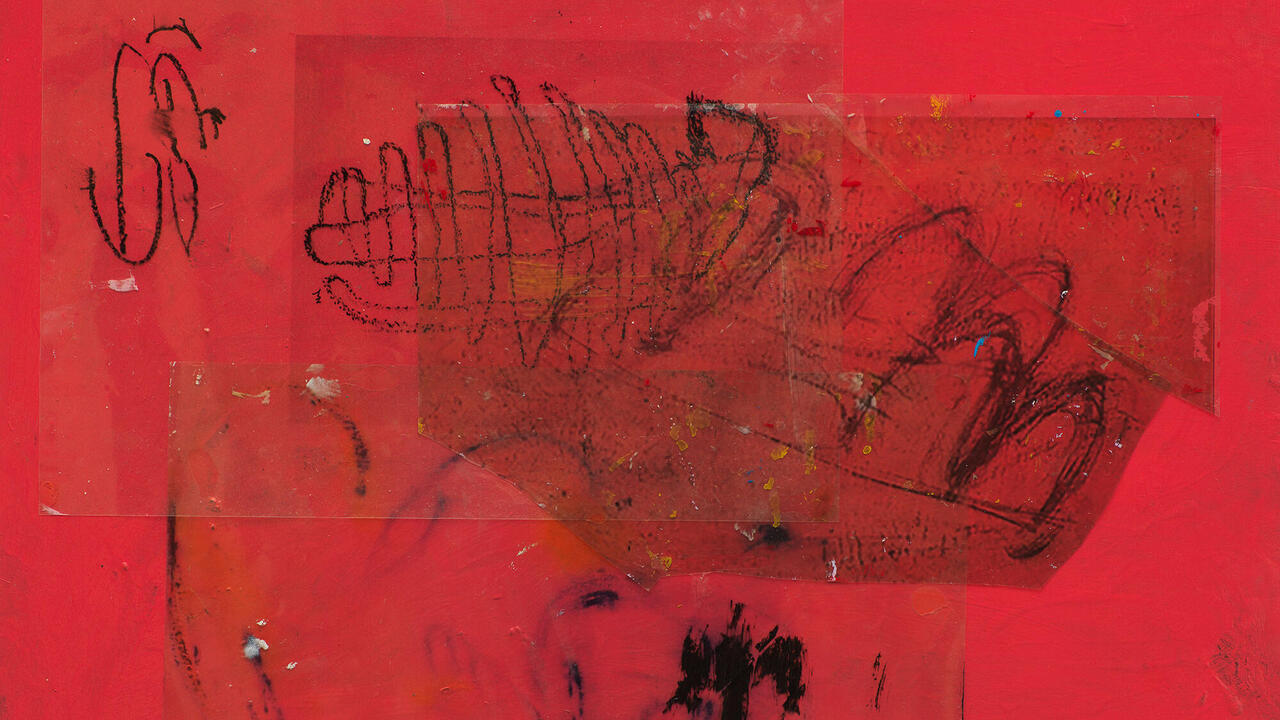Doppelte Ökonomien
Halle 14
Halle 14

An exhibition exploring recent history can have a different impact on a viewer if that history belongs to someone else. I visited Doppelte Ökonomien (Double Bound Economies) – an exhibition centred on the archives of the late Reinhard Mende, a commercial photographer in the GDR – with no first-hand experience of the country. Seen from this ambiguous position, the pictures’ documentary value could be gauged better than their historical accuracy. Documentation and history pertain more to ethnographic than to art museums, but the exhibition seemed to explicitly call upon both of these museal experiences, thus blurring whatever is left of the boundary between ethnography and art.
From 1967 until his death in 1990, Mende photographed the Leipzig Trade Fair, the showcase of socialist industrial products for visitors from Western countries, like Sweden, and from revolutionary ones, like Mozambique. The exhibition’s title refers to the doubling of capitalist and socialist economies. Co-curators Estelle Blaschke, Armin Linke and Doreen Mende (the photographer’s daughter) selected photographs from Mende’s archive and chose contributions by 13 artists who either incorporated his archive into their works or displayed autonomous works. An additional section of historical material included filmed interviews and printed matter documenting the fair. However overwhelming in size and scope, the exhibition was designed to distinguish between the various formats and to allow visitors to make their way through them easily.

The photographs depict booth views and product close-ups, along with the manufacturing techniques in the ‘Volkseigene Betriebe’ (people-owned enterprises). Yet people, especially workers, play a more prominent role than the commodities. The value of the products did not seem to reside in their ability to fulfil consumer demand but rather in the collaborative social effort needed to produce them. Many of the images show workers holding, polishing and using the commodities, or document the machinery required to make them and the elaborate displays surrounding them; the function of the products is not always immediately clear. Mende seemed to underscore that the fair was not about things but about what made those things possible.
This reading may well come from the curators’ selection: only one hundred photographs from several thousand. Yet they revealed the difficulties and ambiguities inherent in making such their choices. One wall was devoted to an index-like printout of a much wider selection and thus captured trace the history of the curators’ working process; viewers could also browse through the entire archive on a website. Thus contextualized, the partial selection on view lost any claim to represent the whole and instead offered the public a glimpse of the tricky task of carving a mountain of data into a meaningful room-sized sculpture.
The artists’ contributions – seen alongside such a rich set of materials – seemed to lack some depth, except when the work addressed the issue of representing an archive, such as Olaf Nicolai’s Girlfriends (2012), an informal collection of mysteriously endearing pictures of women workers. Katrin Mayer’s If I put my glasses in the vitrine, they will never break, but will they still be considered glasses? Or: screening an archive (2012) features photographs from the archive exhibited behind delicately translucent screens, which suggest the perceptual filters that viewers use when looking at historical material. Other works created an unflattering relation to the exhibition’s historical materials. Bettina Allamoda’s faintly modernist sculptures lost their edge vis-à-vis the graphic designs that inspired them, namely the East German brochures and catalogues in the exhibition’s documentation section. The Otolith Group’s video Communists Like Us (2006) seemed convoluted with respect to Mende’s photographs and the directness of the historical interviews. Ultimately, art works about archives raise the question whether the archive wasn’t good enough to be shown by itself.
















